The Tokyo Toilet: How Does Organic Form Positively Influence Users?
Architecture as a movement is one of the goals of The Tokyo Toilet. The project aims to omit the stigma that most public toilets are dirty, dark, smelly, not inclusive of people with disabilities, and difficult to find. The Tokyo Toilet wants to create public toilets that are clean, easy to access, and very friendly for users of various categories. With The Tokyo Toilet, they hope that the healthy lifestyle of the Japanese people will improve. Through the design of The Tokyo Toilet, the designers want to reunite humans with nature through their choice of materials and restore Japanese cultural traditions that have almost faded as well. The design of a building is not only about its aesthetic appearance but also its functionality and how it affects the user. One important aspect of building design is form, which refers to size, shape, and proportion. The form of a building can have a significant impact on users and their experience of the space.
One of the most significant effects of a building's form on its users is its aesthetic appeal. Aesthetically designed buildings can give an attractive impression to those who see them. Visually appealing buildings can lift the mood of their users, create a sense of awe, and even inspire creativity. Research has proven that people tend to have a more positive emotional response to buildings with certain shapes and proportions. A study conducted at the University of Groningen found that people generally prefer buildings with curved and organic shapes to those with straight lines and corners. Another study from the University of California, Berkeley found that people have a more positive emotional response to buildings with proportions that follow the golden ratio, a mathematical formula believed to produce pleasing proportions.
Building form can also influence user behavior. Buildings with complex shapes can be challenging to navigate, while buildings with simpler shapes can be easily navigated. The layout of a building can also influence the movement of users within it. For example, a long, narrow hallway can create a feeling of confinement, while an open space can create a feeling of freedom and space.
A study published in the journal Building and Environment found that the shape and layout of a building can significantly influence user satisfaction. The study found that buildings with simple, intuitive layouts were more positively accepted by users than buildings with complex layouts that required more effort to navigate.

Nishisando - The Tokyo Toilet by Sou Fujimoto. Photo taken from The Tokyo Toilet (cr: Satoshi Nagare).
Looking at the results of The Tokyo Toilet Project designed by Sou Fujimoto with its very simple and organic shape, it can be said that Sou Fujimoto succeeded in creating a toilet that is visually unique, and more importantly, easy to navigate by everyone universally. Starting from children, to elderly, to people with disabilities can access this toilet easily. This can be seen from the very flexible design of the hand washing area, with walls that curve to adjust to the height of the user. This toilet hallway is very open and the access point is also wide enough so that people passing through this hallway will not bump into each other and still feel relieved.
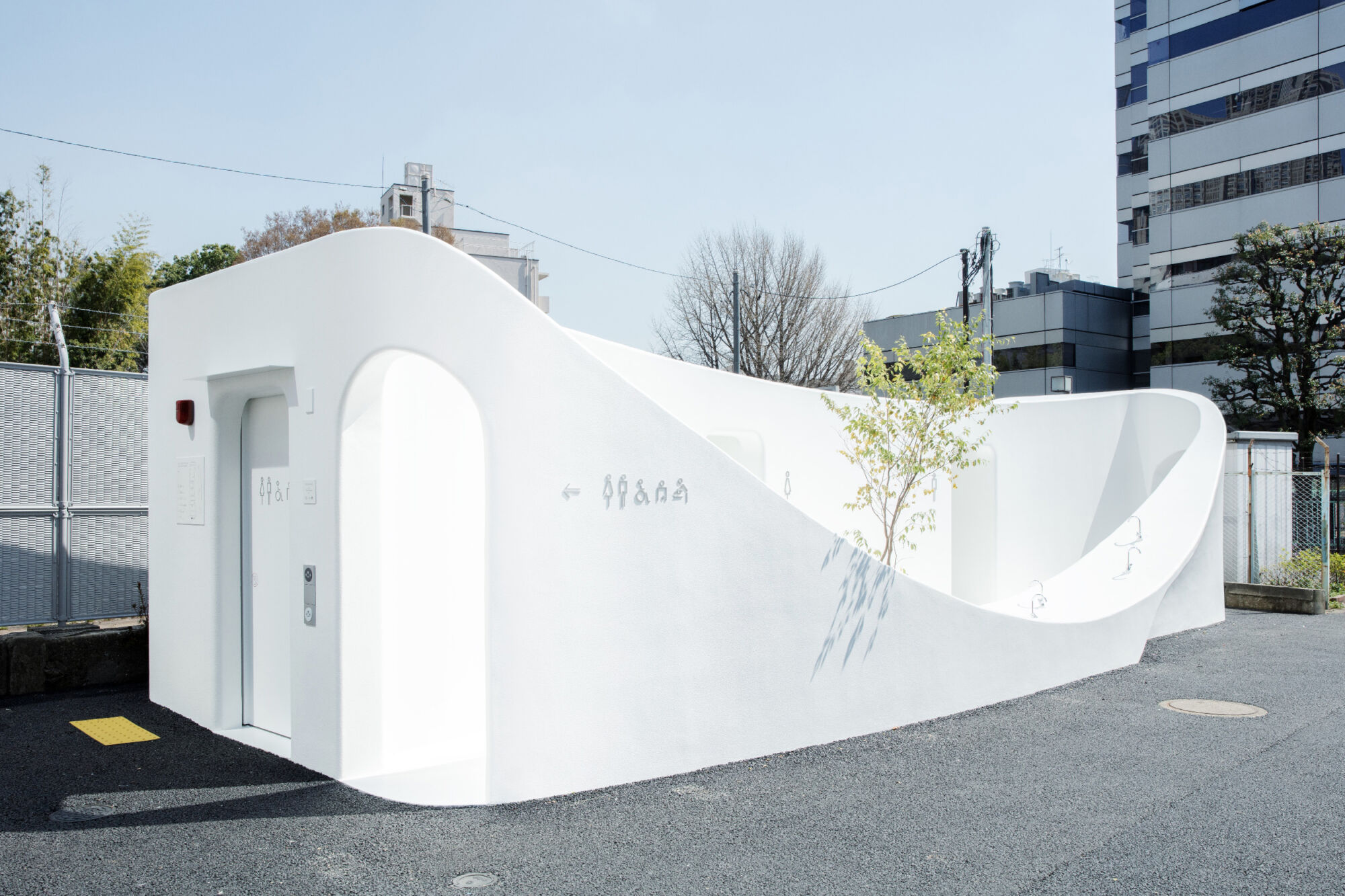
Toilet design with organic shape. Photo taken from The Tokyo Toilet (cr: Satoshi Nagare).
Another important aspect of building form is its relationship to the environment. Buildings that are designed to blend with the surrounding environment can create a sense of harmony and balance, while buildings that contrast will give a distracting impression. The shape of a building can also affect its energy efficiency. Buildings with irregular shapes can be more challenging for heat and cold, and air circulation will also be more complicated, while buildings with simpler shapes can be more energy efficient and have smoother air circulation.
Research conducted by Lawrence Berkeley National Laboratory shows that a building's shape can have a significant impact on its energy performance. The study found that buildings with compact rectangular shapes are more energy efficient than buildings with more complex shapes. Another study from the University of Cambridge found that buildings with curved organic shapes can improve natural ventilation and thermal comfort.
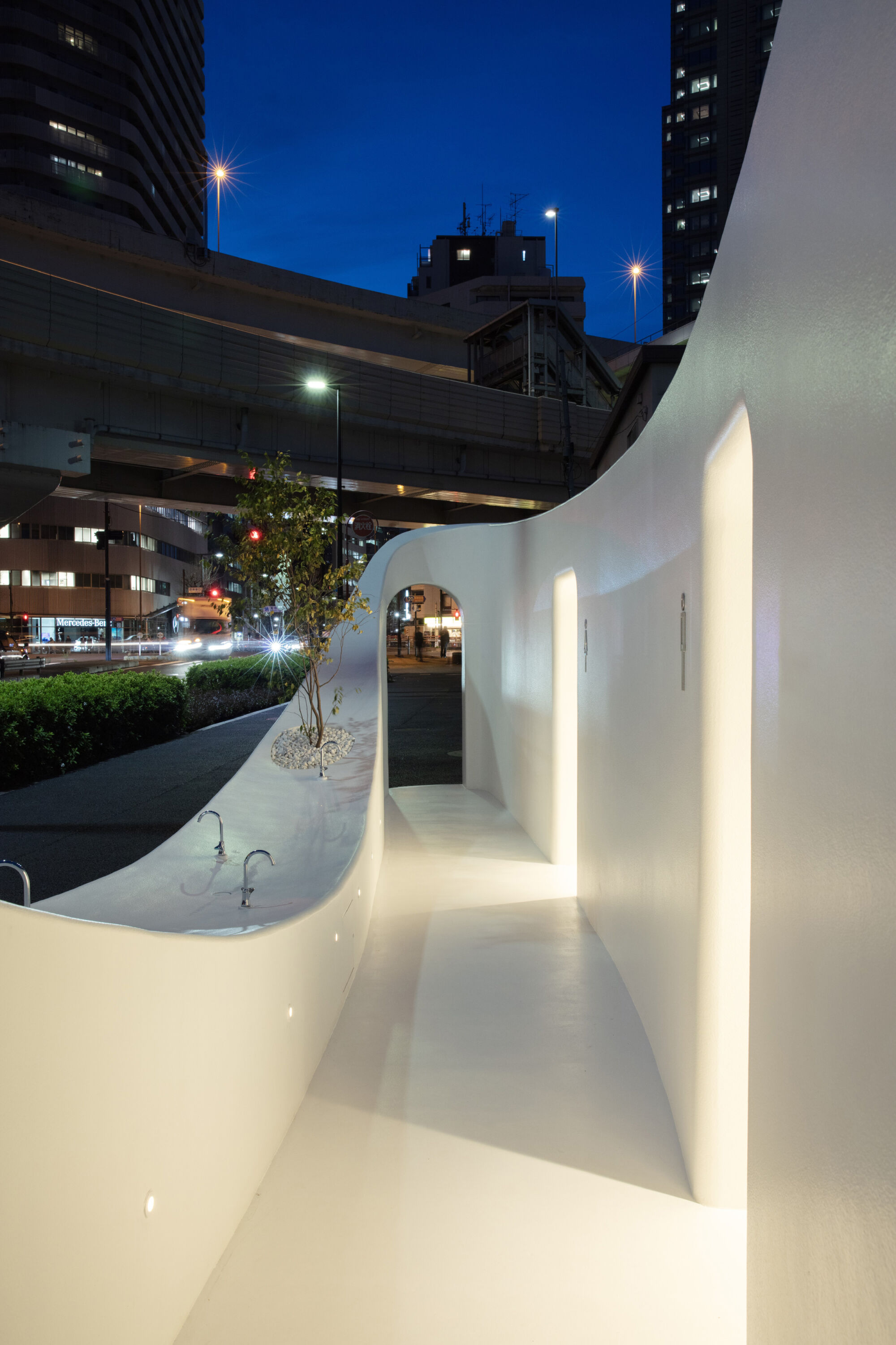
Simple and unobtrusive design of Nishisando. Photo taken from The Tokyo Toilet (cr: Satoshi Nagare).
Sou Fujimoto's simple and unobtrusive design makes this toilet blend with the surrounding urban environment. Choosing the right colors and materials also creates an impression of harmony and balance with the environment. The open space in this toilet creates natural ventilation so it will have a positive impact on its users.
The shape of a building can also affect the health and well-being of its users. Buildings with sufficient natural light and ventilation can promote better health and productivity for their users. Buildings with complex shapes and narrow hallways can create a feeling of claustrophobia and feelings of anxiety which can lead to stress and psychological problems.
A study conducted by the University of Surrey found that exposure to natural light in buildings can have a significant impact on mental health and well-being. The study found that buildings with higher exposure to natural light were associated with lower levels of depression and higher levels of well-being among their residents. Another study from the University of California, Irvine found that lack of exposure to natural light indoors was associated with sleep disturbances and decreased productivity.
Sou Fujimoto’s toilet design gets several comments coming from netizens. The following comment was obtained from the YouTube room tour video which said that choosing an open roof for this toilet design is not the right thing to do because it would be troublesome in extreme weather, such as heavy rain and winter. They also questioned the existence of hand washing soap, dry tissue, and hand drying machines.
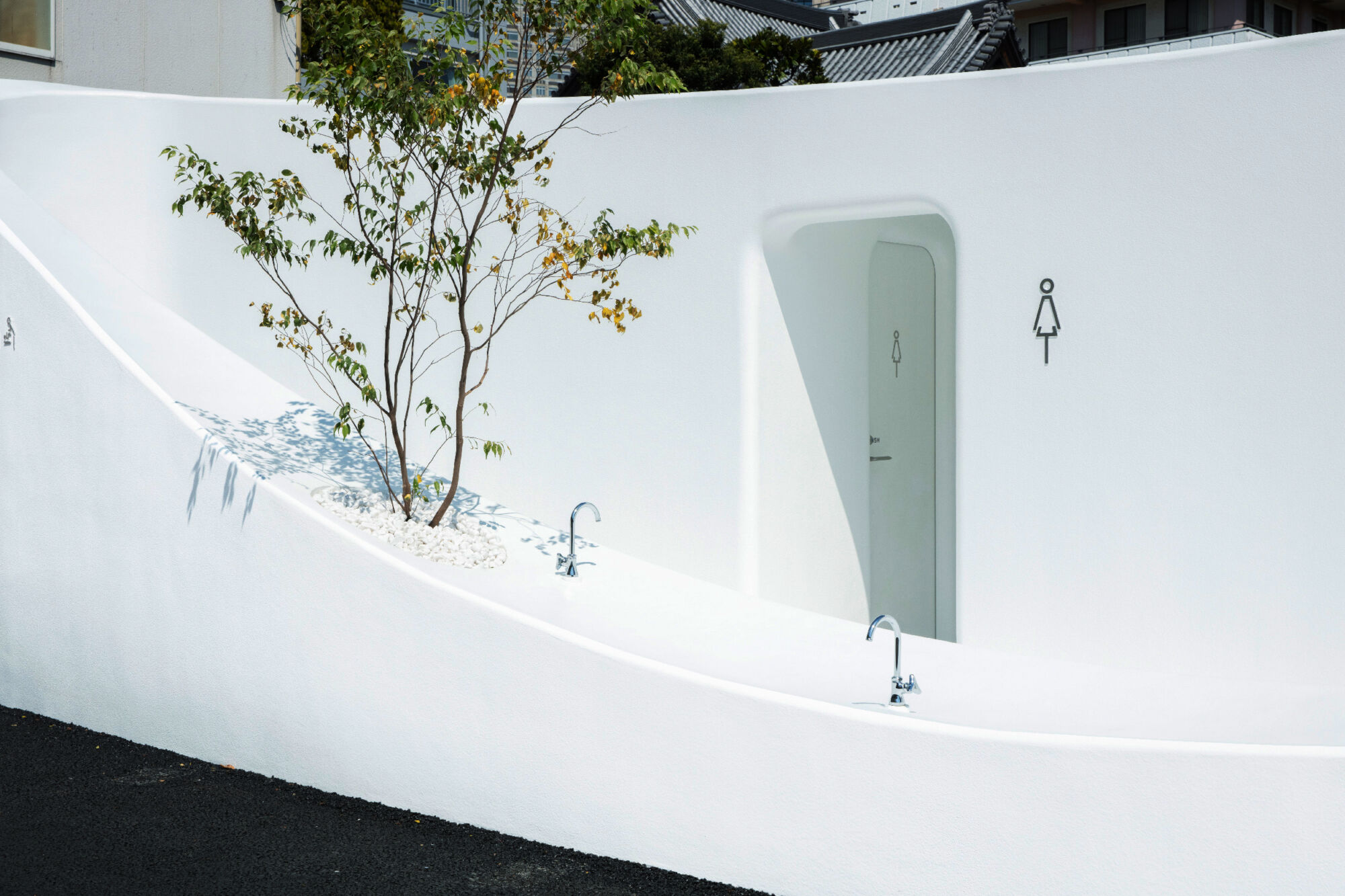 Open roof design of Nishisando. Photo taken from The Tokyo Toilet (cr: Satoshi Nagare).
Open roof design of Nishisando. Photo taken from The Tokyo Toilet (cr: Satoshi Nagare).
I can agree with some points of this comment, but not with the others. In my opinion, hand washing areas in the middle of an urban environment do not have to be closed. In a YouTube video entitled "Every Kind of Architectural Definition Has An In-between Space" uploaded by Dezeen, Sou Fujimoto said that he always involves the natural environment in designing his work. So, choosing an open roof was Sou Fujimoto's intention so that users remain connected to the environment around the toilet. Logically, people will not be outdoors if the weather is not favorable.
Regarding the problem of not having hand washing soap, dry tissue, and hand drying machines, I agree that every hand washing spot should have hand washing soap. However, toilet paper and a hand dryer which are not provided could be the aim of Sou Fujimoto's design to make this toilet look neat visually. Moreover, air drying your hands is more hygienic than using toilet paper or a hand dryer. News from healthdetik.com states that, "Toilet tissue that has not been used can also grow bacteria." This argument is also supported by news from kompas.com which explains that hand drying machines can actually spread bacteria. So, one of The Tokyo Toilet's social movements, namely improving the cleanliness of public toilets and making people's lives healthier, is realized by reducing toilet features such as toilet paper and hand dryers which are sources of the spread of bacteria.
In conclusion, the shape of a building plays an important role in how users view and interact with it. The shape of a building can influence its users' aesthetic appeal, behavior, relationship with the environment, energy efficiency, and health and well-being. Therefore, it is important to consider the shape of the building when designing to ensure that it meets user needs and provides a positive experience. As architects, we must create buildings that are not only visually attractive but also functional, efficient, and conducive to the well-being of their users.
This article was written by Vivia Alysia Yang, an architecture student at Pelita Harapan University.


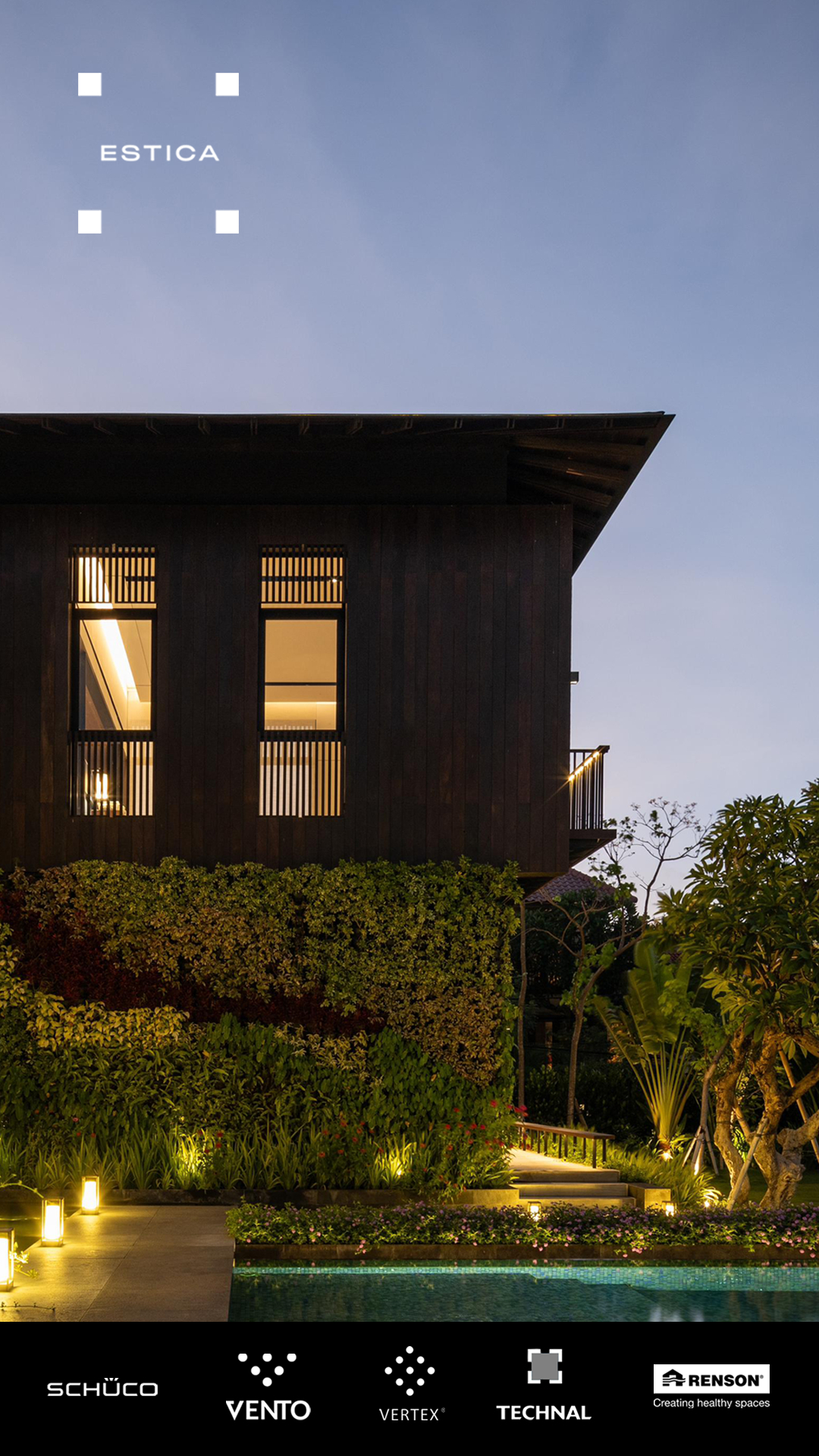
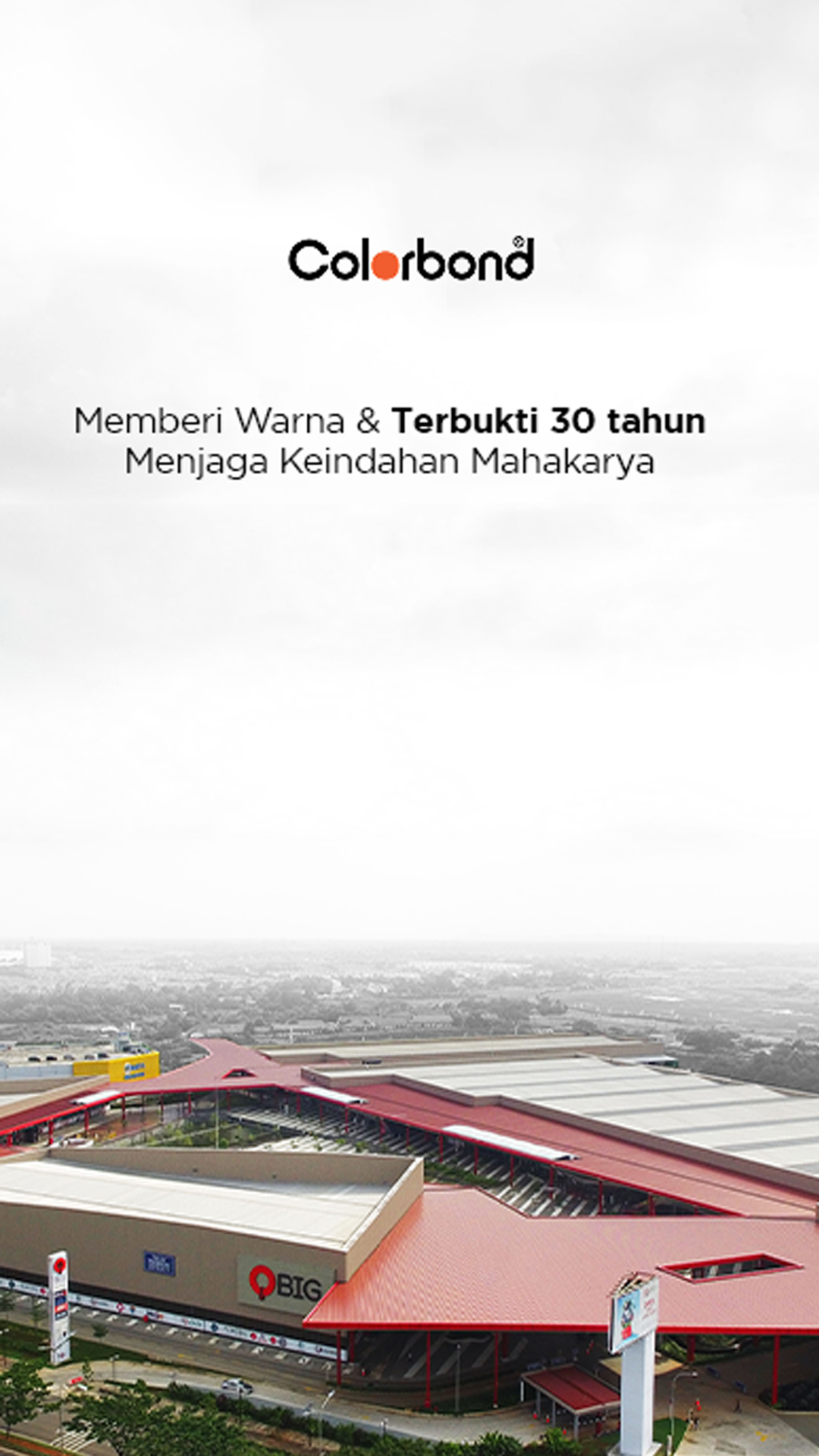


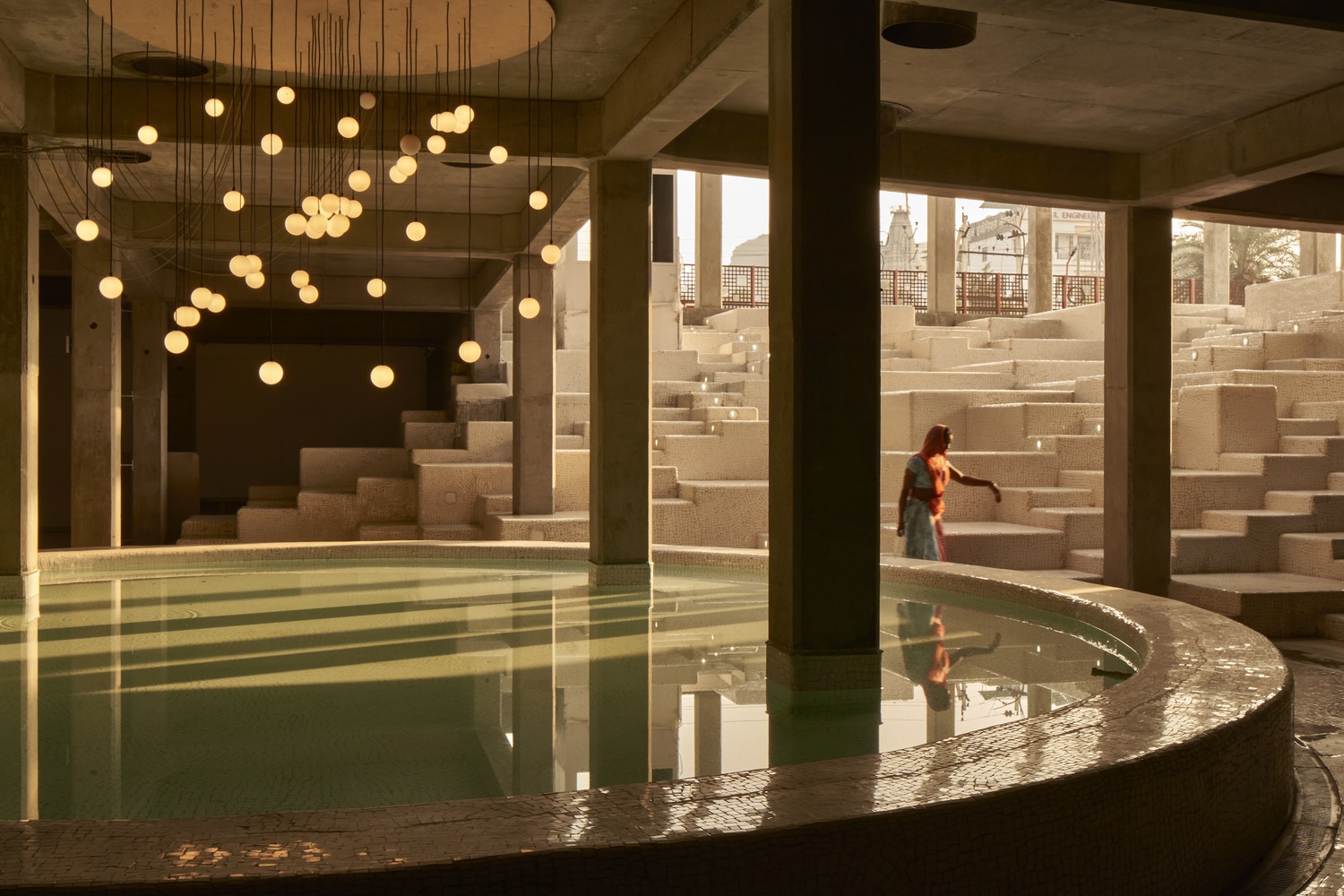



Authentication required
You must log in to post a comment.
Log in